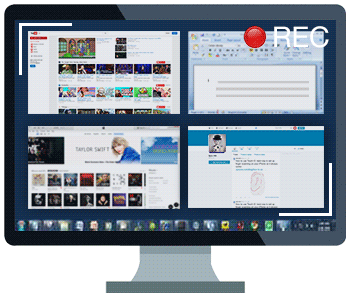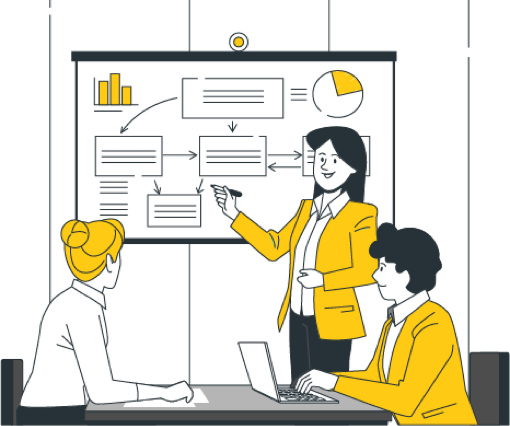The current era of modernity has seen the sharp increase in the various uses of technology, especially cloud based technologies. In this regard, it was only logical that the application of these advancements spread to the better organization of employee monitoring. Indeed, the prime reason to do so should, as a rule, be done to increase the overall efficiency of the workforce, and not, as some would like to imagine, act as any sort of intrusion to the privacy of any individual employee. With the many innovations within IT business technology being accelerated due to the widespread pandemic, an increased demand for distance based remote working software has seen the advancement of monitoring tools that are more accurate and thorough. From tools being able to recreate the process of clocking in and out, recording via screenshots the general desktop activities of workers, as well as thoroughly processing the work habits of every employee and analyzing these habits by way of a easy to read data sheets, it is clear that remote working technology is only getting more accurate and advanced as people switch from office based employment to working from home as a strategy.
Dokodemo-Kerja is currently the best online attendance application in circulation, applying a full range of features used to flexibly increase overall employee productivity.Some of these features include Attendance & Leave Management, Task Organization, as well as Employee performance evaluation: all through just one application.
Manage Employees Easier through the Dokodemo-Kerja HRD Application. Try it now!
It is clear that workers have allowed themselves to work under such monitoring conditions, as the circumstance of working from home calls for more stringent tab keeping procedures. In this regard, one would think that this is not only a comfortable trade off (Employee get to engage in the benefit of working from the comfort of their homes, while employers are able to efficiently monitor their workforce), but also a necessity of the times at hand. Furthermore, as the years roll on by, it is only natural that this trend of better distance based employee monitoring catches on with more advanced techniques and mechanism to more efficiently recreate the experience of office based employment, while having the workforce separated by long distances. This is only a matter of adaptation, as with the ever evolving coronavirus at hand, it seems like this genus of technology will continue to evolve in more effective and efficient ways. In this article, we will be looking at how these improvements have been catching on through recent years and check out the various remote working tool trends that are being adapted:
Applying the Internet of Things
The Internet of Things has truly been a maker of recent technological innovation in the most holistic meaning. The Internet of Things is one of those innovations that were designed to be adopted by a wide variety of other technologies, and hence, its application is very wide reaching, allowing devices to be paired with one another which let effective communication and data storage take place in a very efficient manner and through only a modicum of human exertion.
An advanced HRIS system that effectively monitors the performances and productivity of your employees. WFO or WFH? Manage both and Stay Productive with Dokodemo-Kerja!
An affordable HRIS app that increases productivity. Check it out here!
So, how does this specific innovation change employee monitoring software for the better? Well, importantly, the Internet of Things allows for connection to a wide variety of devices, including phones. Further, phones are among the most ubiquitous devices in the modern age, every person being the owner of one and usually carrying them wherever we go. Therefore, it only makes sense that the connection of the Internet of Things and employee phone devices would make for efficient tracking capabilities. Furthermore, this technology is able to connect to devices such as computers and printers, which may lead to the collecting of critical information from specific users, such as activities conducted and the length of user of the devices.

Monitoring through Smartphones
The rise in remote working applications also coincides with a number of other illuminating statistics, such as the fact that a 2019 research study revealing that around 66% of retail workers stated that they prefer using their phones for a number of work related activities such as reporting, training and planning. Furthermore, it has been revealed that in the years to come, generation Z will take up the mantle as the generation most ready to enter the workforce. In relation to this statistic, it is also known that generation Z are the most tech savvy generation, being the first of them to not know a time without the use of internet and gadgets as an everyday part of lives, with the use of phone being the preeminent device in this regard, with gen Z being the most physically and emotionally attached to their smartphones. In this regard, it makes sense that if employee monitoring functionalities are to be used, it would make most sense to apply this via the use of employee smartphones instead of their computers.







